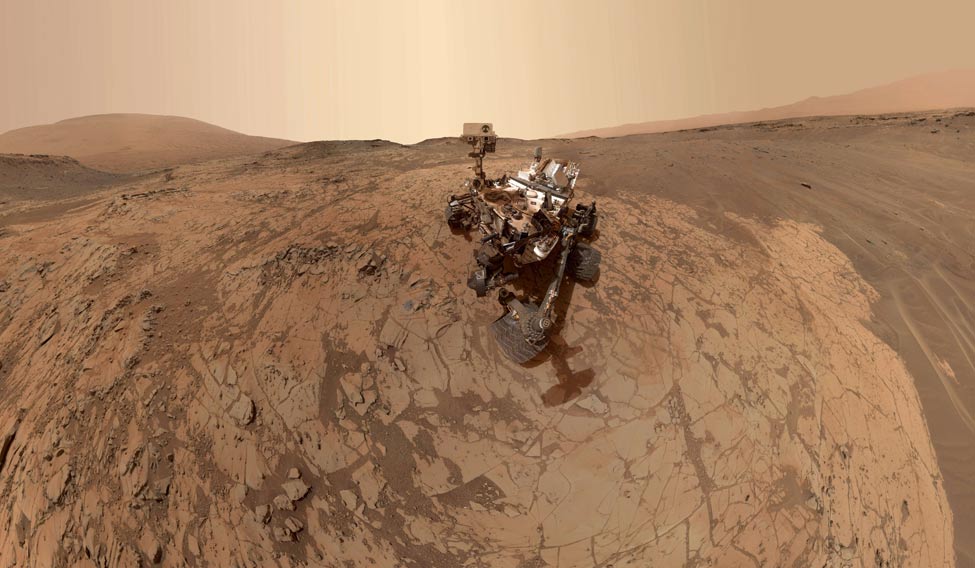As NASA prepares for a manned mission to Mars by 2030, a new research funded by the space agency has revealed that the space radiation encountered during the trip could increase the risk of leukaemia in humans.
The average distance between earth and Mars is 140 million miles, which could take eight months to cover; the round trip is expected to take three years. NASA has always cited radiation exposure as one of the most dangerous aspects of deep space travel.
As part of this ongoing project, the researchers at the Wake Forest Institute for Regenerative Medicine, US, are using human stem cells to measure the impact of deep space radiation on humans.
“Our results are troubling because they show radiation exposure could potentially increase the risk of leukemia in two ways,” said Christopher Porada, senior researcher on the project, in a media statement.
The study, published in the journal Leukemia, focuses on the direct effects of simulated solar energetic particles (SEP) and galactic cosmic ray (GCR) radiation on human hematopoietic stem cells (HSCs), which comprise less than 0.1 per cent of the bone marrow of adults. These stem cells produce the blood cells that circulate through the body and are responsible for vital functions such as transporting oxygen, strengthening immune system, and eliminating any malignant cells that arise. When HSCs were exposed to Mars mission-relevant doses of radiation, researchers found the exposure to dramatically affect the health and functioning of the cells.
“Radiation exposure at these levels was highly deleterious to HSC function, reducing their ability to produce almost all types of blood cells, often by 60-80 per cent,” said Porada. “This could translate into a severely weakened immune system and anemia during prolonged missions in deep space,” he added.
In order to study the impact of radiation on the function of the cell, researchers transplanted the HSCs exposed to radiation in mice. The research found that the mice developed what appears to be T-cell acute lymphoblastic leukaemia, establishing the first demonstration that exposure to space radiation may increase the risk of leukaemia in humans.
“We found that genetic damage to HSCs directly led to leukemia. Secondly, radiation also altered the ability of HSCs to generate T and B cells, types of white blood cells involved in fighting foreign ‘invaders’ like infections or tumour cells,” Porada explained.
“This may reduce the ability of the astronaut’s immune system to eliminate malignant cells that arise as a result of radiation-induced mutations,” Porada added.
The research was conducted as part of NASA’s Human Research Program, exploring not only the effects of radiation, but also conditions of microgravity, isolation and confinement, hostile and closed environments, and distance from earth on astronauts.
SPACE
Trip to Mars can put astronauts at high risk of leukaemia
 File- This handout image released by NASA on February 24, 2015 shows a self-portrait of NASA's Curiosity Mars rover at the "Mojave" site, where its drill collected the mission's second taste of Mount Sharp | AFP
File- This handout image released by NASA on February 24, 2015 shows a self-portrait of NASA's Curiosity Mars rover at the "Mojave" site, where its drill collected the mission's second taste of Mount Sharp | AFP
A NASA-funded research reveals that deep space travel may increase the risk of leukemia in humans
This browser settings will not support to add bookmarks programmatically. Please press Ctrl+D or change settings to bookmark this page.
Topics :
#Mars mission
| #Science




